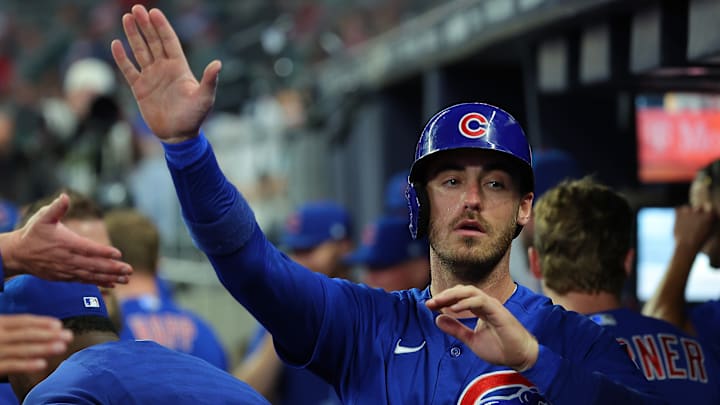Option Two: Two-years $60 million dollars
Both of the remaining scenarios seem equally likely. Even in our article that pleaded for the Cubs to sign Bellinger to a player-friendly deal, we didn’t have the AAV at $30 million, so sticking around for a second big payday doesn’t imply anything about his onfield performance, positive or negative.
What it would mean for Bellinger:
Much like the three-year deal this won’t necessarily paint a picture of whether he played well or he played poorly.
While players would love to get more guaranteed money, locking in $60 million dollars and then being able to hit the open market again prior to his age-30 season gives Bellinger an opportunity to secure more than if he’d signed a long-term deal right now.
If he had signed the deal that was advocated earlier this week, eight years for $200 million dollars that would have likely been his last big league contract as it would have ended after his age-36 season.
However, by signing this deal he can potentially still get that “overpay” in two years (with a higher Competitive Balance Tax threshold) meaning in order to match the value of that massive original deal he would just need it to be a six-year $140 million dollar deal, but if he plays as well as we expect he should be able to surpass that.
What it would mean for the Cubs:
This is the ideal scenario for the Cubs. If Bellinger opts out after the second year that means that he believes he can do better than $20 million on the open market which means he’s been a solid player that has been worth his value as a free agent.
In this scenario, he’d walk while Pete Crow-Armstrong, Michael Busch, Matt Shaw, Owen Caissie, Cade Horton, Ben Brown, and Jordan Wicks are all still in pre-arbitration and Ian Happ, Seiya Suzuki, Nico Hoerner, and Jameson Taillon are entering the final years of their deal. That would mean that going into the 2025-2026 offseason the team would have the flexibility to build the roster in a way that would fill the holes that will present themselves as prospect hype fizzles out or injuries pop up.
